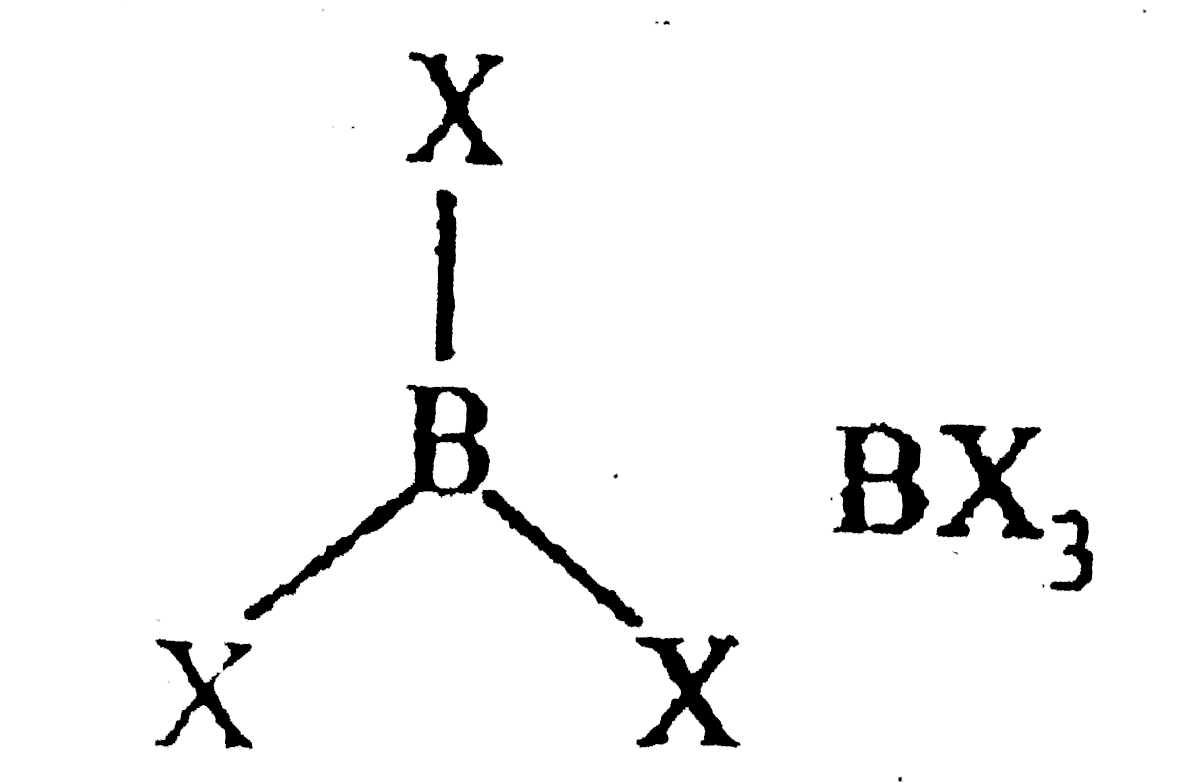The ratio of valence electrons of X element of Y element 3:7 and they formed Z-compound, which is hypvalent in nature, then choose the correct options regarding compound Z.
Z is planar
Z is non-polar
Z has maximum number of atoms in a plane are 3.
Z is triangular planar.

μd=0, planar, non-polar maximum atom=4 in a plane.
Topper's Solved these Questions
- TEST PAPERSBook:BANSALChapter:TEST PAPERSExercise:CHEMISTRY PART (A)
Explore 14 Videos
- TEST PAPERSBook:BANSALChapter:TEST PAPERSExercise:CHEMISTRY PART (B)
Explore 1 Video
- TEST PAPERSBook:BANSALChapter:TEST PAPERSExercise:Chemistry PART D
Explore 4 Videos
- SOLUTIONSBook:BANSALChapter:SOLUTIONSExercise:Exercise4
Explore 32 Videos
- THERMOCHEMISTRYBook:BANSALChapter:THERMOCHEMISTRYExercise:Exercise 4
Explore 15 Videos
Similar Questions
An element X from group 2 of the periodic table reacts with an element Y from group 17 to form a compound.
(a) What is the nature of the compound formed?
(b) Sate whether the compound formed will conduct electricity or not.
(c) Give the formula of the compoumd formed.
(d) What is the valency of element X?
(e) How many electrons are there in the outer most shell of an atom of element Y?
View SolutionOn the basis of valencies of elements in a group, the formula of compound formed by tin with fluorine is
View Solution
Knowledge Check
Choose the correct option regarding compound microscope:
ACompound microscope consists of two convergent lenses. Lens (of focal length f0) facing the object is called objective or field lens while the lens (of focal length fe) facing the eye, eye-piece or ocular. The objective has a smaller aperture and smaller focal length than eye-piece.BFor a microscope, magnifying power or angular magnification is minimum when final image is at ∞ and maximum when final image is at D.CFor a given microscope, magnifying power (MP) for normal adjustment remians parctially unchanged if objective and ey-piece are interchanged. In normal setting, f0 and fe should be smaller to have grater M.P.DAll options are correct.Refer to the given figure and select the correct option regarding X,Y and Z.
 AXYZBrachioaurusArchaeopteryxTriceratopsBXYZArchaeopteryxTryannosaurusPteranodonCXYZArchaeopteryxStgosaurusTryrannosaurusDXYZArchaeopteryxBrachiosaurusTriceratops
AXYZBrachioaurusArchaeopteryxTriceratopsBXYZArchaeopteryxTryannosaurusPteranodonCXYZArchaeopteryxStgosaurusTryrannosaurusDXYZArchaeopteryxBrachiosaurusTriceratopsThe valence electrons in the element A are 3 and those in element B are 6. The most probable compound formed by A and B is
AA2BBAB2CA6B3DA2B3
Valence electron in the element A are 3 and that in element B are 6. Most probable compound formed from A and B is
View SolutionThe correct statements regarding elements of symmetry and chirality of compound is
View SolutionOn the basis of valencies of elements in a group, the formula of compound formed by tin with fluorine is:
View SolutionAn element X (atomic number 12) reacts with another element Y (atomic number 17 ) to form a Compound Z. Which of the following statements are true regarding this compound ?
I. Molecular formula of Z is XY2
(II) It is soluble in water.
(III) X and Y are joined by sharing of electrons.
(IV) It would conduct electricity in the molten state.
View SolutionValence electron in the element A are 3 and that in element B are 6. Most probable compound formed from A and B is
View Solution
